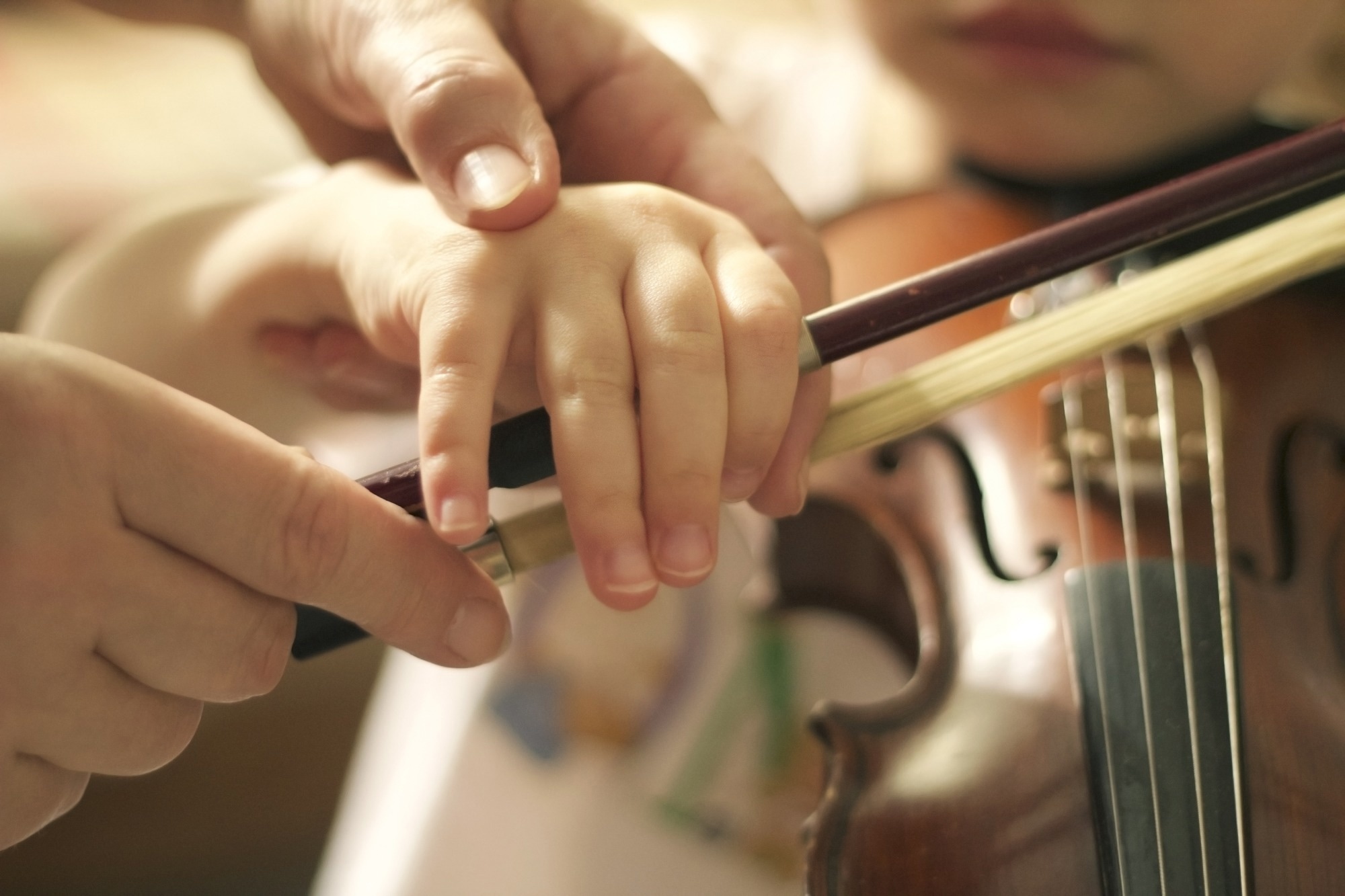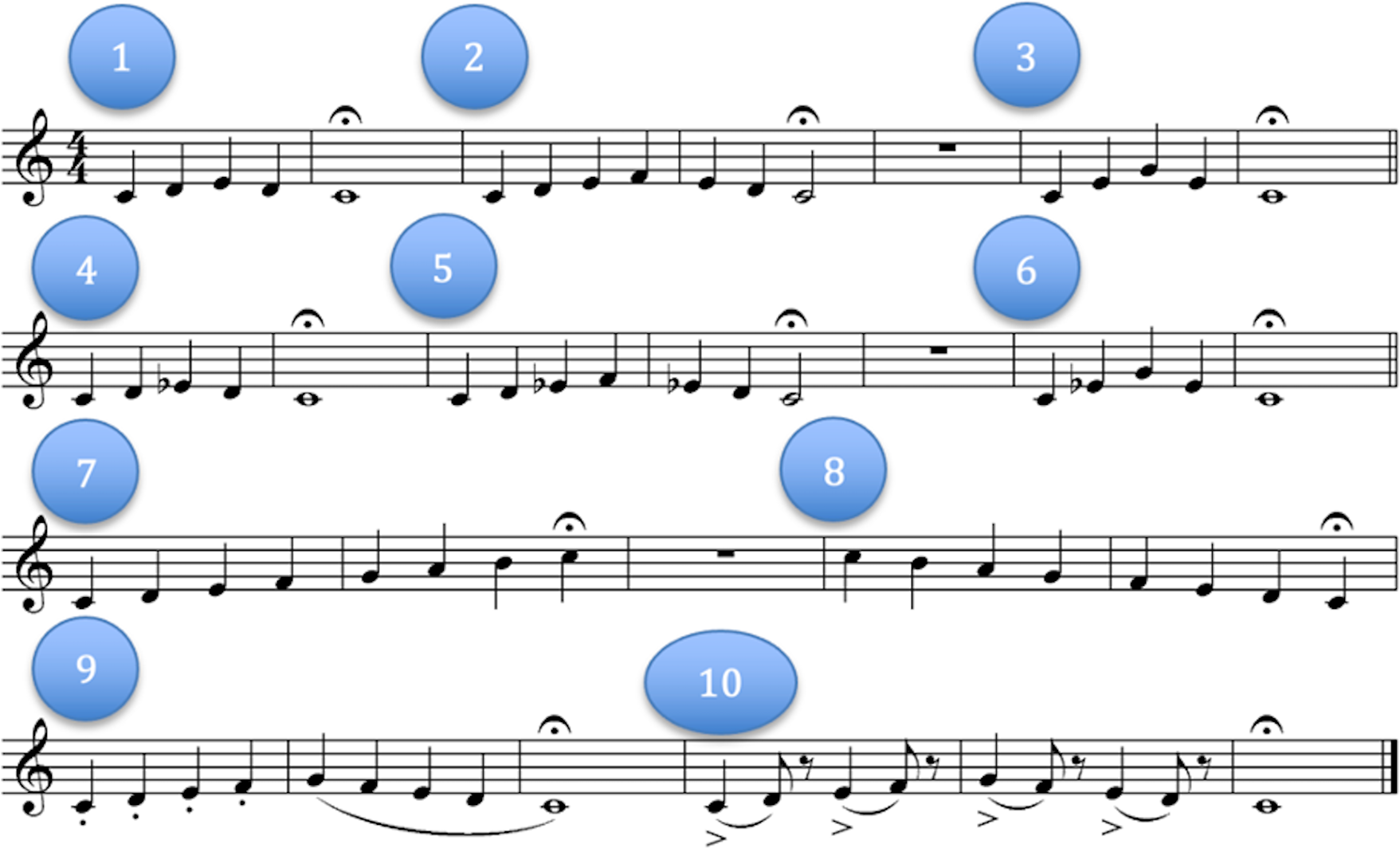Results revealed that participants in music instruction programs outperformed their control-cohort peers in pitch-matching ability. These findings suggest that long-term formal music education programs can positively influence certain aspects of children's socioemotional development, though the overall impact is limited.
 Study: Long-term music instruction is partially associated with the development of socioemotional skills. Image Credit: Photo joy / Shutterstock
Study: Long-term music instruction is partially associated with the development of socioemotional skills. Image Credit: Photo joy / Shutterstock
Background
Formal music instruction is the systematic education of instrumental technique and music theory. Previous research has suggested its positive benefits in improving students' pitch-matching (the ability to mimic the pitch of an external audio cue) and rhythmic entrainment (the ability to synchronize internal rhythms with externally perceived ones) aptitudes.
Kuther (2022) postulated that music instruction may promote social and emotional functioning. Studies also elucidate the social roles of pitch-matching and rhythmic entrainment in establishing social bonds, effective communication, collective identity development, and cooperation.
Separate bodies of literature have investigated the links between music education and cognition or self-esteem. Unfortunately, these studies often investigate one-on-one music tutoring and fail to explore the impacts of group-based music education programs that frequently comprise after-school activities for schoolchildren.
The present study aims to address these knowledge gaps by assessing 1. Do children exposed to after-school training programs differ in their pitch-matching ability, socioemotional aptitude, and rhythmic entrainment capacity compared to those who are not? 2. What is the association between pitch-matching and rhythmic entrainment and socioemotional outcomes?
About the study
Study data was derived from a seven-year-long cohort study of children between the ages of five and eight years (mean = 6.81) from the greater Los Angeles area, United States (US) of America. Participants comprised three cohorts – music (Youth Orchestra; n = 26), sports (soccer or swimming; n = 28), or control (no-after-school activity; n = 29) education programs.
Research instruments comprised pitch-matching tasks, rhythmic entrainment evaluations, sharing tasks, and cognitive/empathy assessments. Pitch-matching was evaluated using a singing task in which participants were required to mimic the pitch (10 melodies, each 5-9 notes long) of vocally trained experimenters. Audio recordings of experimenters and participants were compared using the methodologies of Pfordresher and Brown (2007) via pitch-matching (hertz [HZ]) comparisons, scored between 0 and 1.
Rhythmic entrainment was evaluated under 'alone' and 'social' scenarios. In the former, participants were provided a drum and were required to beat it to match a prerecorded audio rhythm (120- or 180 beats per minute [bpm]). In the latter, a trained investigator joined participants in drumming to the prerecorded beat. Accuracy and synchronization were evaluated using the methodologies of Kirschner and Tomasello (2009) and scored between 0-1.
Sharing was assessed using a variation of the dictator game, which evaluated the willingness of children to share 10-15 stickers they had received with a pictured stranger without any personal benefit. Empathy (state, trait, and theory of mind) and cognitive variables were assessed using the Index of Empathy for Children and Adolescents (IECA), the Reading the Mind in the Eyes Test of theory of mind (Eyes Test), and the Wechsler Abbreviated Scale of Intelligence (WASI-II) subsets, respectively.
Statistical differences between cohorts were computed using Principal Component Analysis (PCA) and linear mixed effects models.
 Pitch-matching task stimuli. Musical score showing the melodies sung during the task. Each numbered section represents a melody the participant first heard then echoed back to the experimenter. Sections 1–3, 4–6, 7–8, and 9–10 were grouped into four musical phrases during analysis.
Pitch-matching task stimuli. Musical score showing the melodies sung during the task. Each numbered section represents a melody the participant first heard then echoed back to the experimenter. Sections 1–3, 4–6, 7–8, and 9–10 were grouped into four musical phrases during analysis.
Study findings
Pitch-matching analysis revealed significant differences between music and other cohort participants – the former averaged 0.13 points higher than the sports group and 0.26 higher than the controls. No effect of time (years) was noted in this criterion.
While rhythmic scores did not differ between cohorts at the start of the study (year 1), all groups showed per-year improvements in scores. Improvements were more significant in the music group.
Tests of socioemotional skills revealed that the sports group was the most likely to share, followed by the music group (9% less), with the controls performing the poorest. However, all groups showed yearly improvements in these skills (~7.2% increase yearly).
Most empathy tests gave confounding results at baseline, but the results of the Eyes test improved over the years. Once again, improvements were most significant in the music group.
Conclusions
Contrasting previous research, the present study did not find improvements in pitch-matching over time, most likely due to the complexity of the singing activity used herein compared to previous studies. In contrast, empathy and, most substantially, rhythmic entrainment improved over the years.
In most tests (except sharing and certain empathy measures), music cohort participants were observed to outperform their peers. Together, these findings highlight the benefits of formal music training in children's socioemotional development, with the strength of benefits dependent on the similarity of the domain to music.
Journal reference:
- Villanueva, J., Ilari, B., & Habibi, A. (2024). Long-term music instruction is partially associated with the development of socioemotional skills. In L. Morett (Ed.), PLOS ONE (Vol. 19, Issue 7, p. e0307373). Public Library of Science (PLoS), DOI – 10.1371/journal.pone.0307373, https://journals.plos.org/plosone/article?id=10.1371/journal.pone.0307373